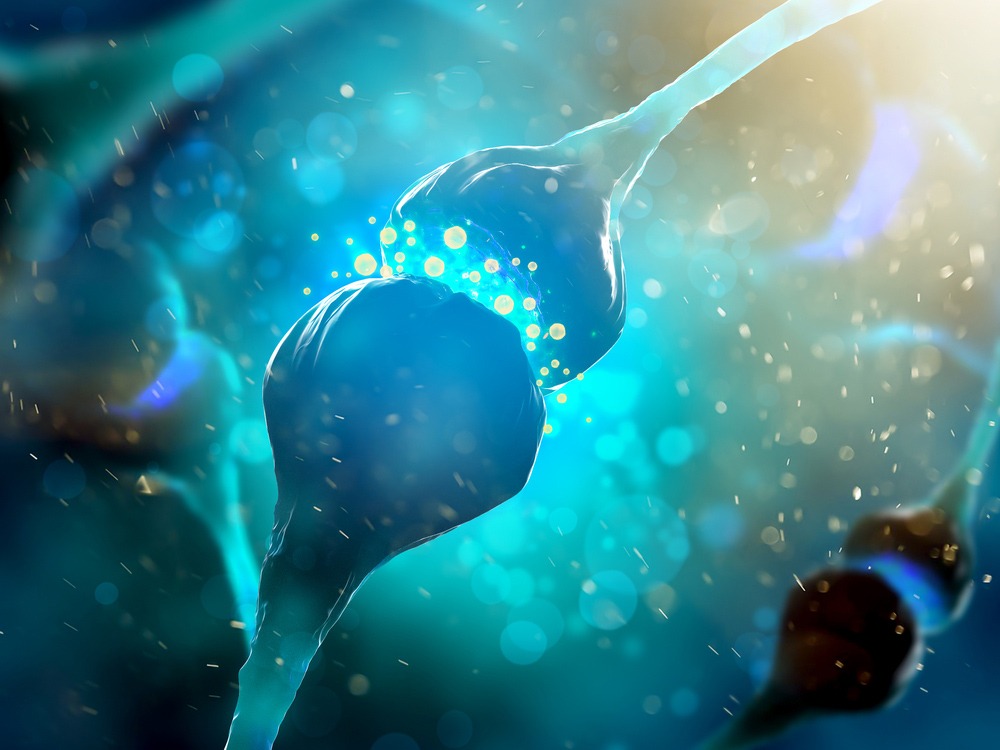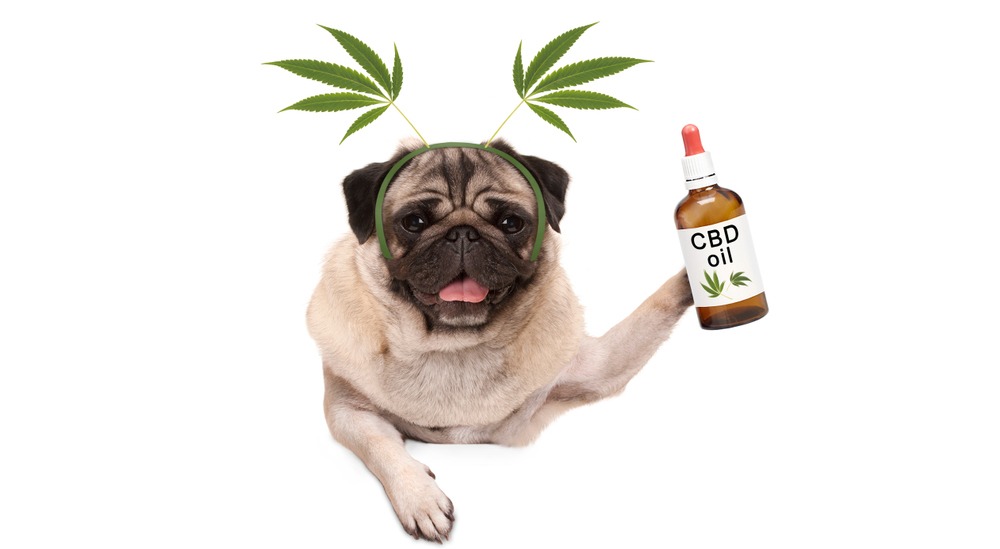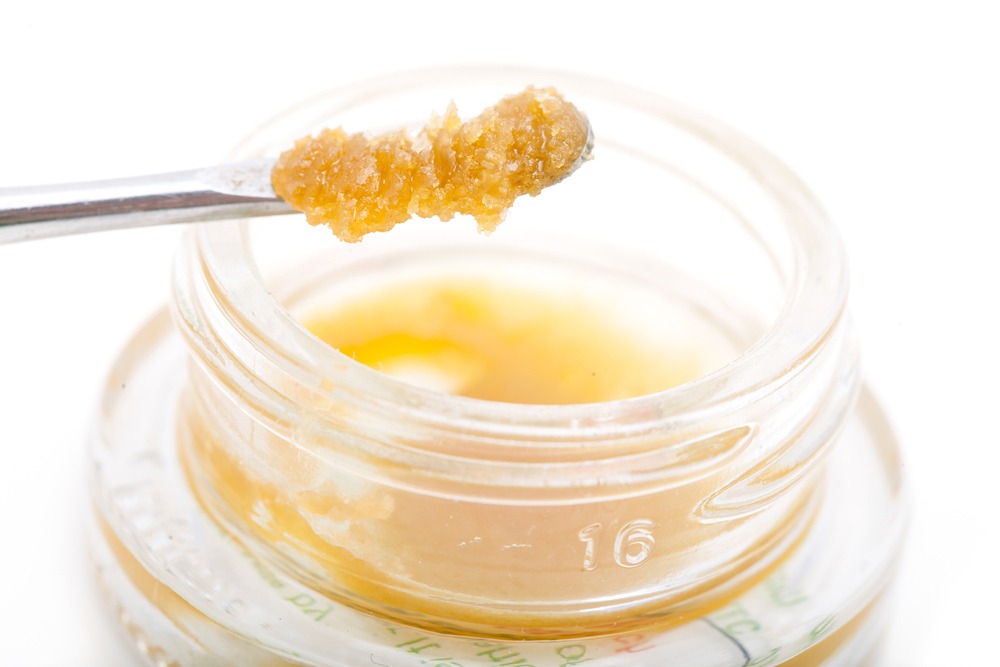Life moves pretty fast. Take the case of CBD.
In a few short years, it has gone from being a little known compound of the cannabis plant to emerge as one of THE go-to products in the health and wellness industry.
Take a look in your local medical marijuana cannabis dispensary, and you will find a whole range of cannabis products containing CBD with CBD oils, in particular, becoming one of the most popular health and wellness products in Europe today.
With different types of CBD now appearing in a whole range of guises including CBD Oils, CBD Tinctures, and CBD capsules, the CBD market has experienced a remarkable surge with the compound emerging as a potential treatment for a wide range of conditions including (but not limited to) anxiety, chronic pain, and epilepsy.
Indeed, the rapid emergence of CBD and medical marijuana in recent years has sparked a greater understanding of cannabis plants and their active compounds in general. With politicians, celebrities and ordinary members of the general public uniting in their growing support of CBD, its rapid emergence has seen it move from the murkier edges of society to even being mentioned as a potential replacement for antidepressants and opioids. Quite the turnaround.
However, despite the increased legalisation of cannabis and CBD in many countries across the planet, it was always inevitable that misinformation and myth would cloud some of the facts. Indeed, there does remain a great deal of misunderstanding and misinformation about cannabis in general, even in the case of the now famed CBD (also known as Cannabidiol CBD).
So, to clear up any doubts you might have, here are six important CBD facts that you might not have been aware of.
Fact #1: CBD doesn’t directly stimulate CB1 and CB2 receptors.
The endocannabinoid system (ECS) is what essentially regulates the effects of cannabis in our bodies. In contrast to THC, CBD is non-intoxicating and doesn’t interact with the CB1 receptor and CB2 receptors found in this system. Instead, it works by indirectly acting as an antagonist and can block out certain chemicals and their effects in the body, for example, in the effects of THC, which causes a high.
When consumed, it influences these two classical receptors by signalling the body’s naturally-produced cannabinoids (like anandamide) to increase by inhibiting enzymes that break them down.
Fact #2: CBD is safe for pets.
Preliminary research has shown that CBD seems to be beneficial and safe for all mammals. With the discovery of the endocannabinoid system, it turns out that all mammals share this system and can experience CBD in much the same way humans do.
This is due to cannabidiol’s lack of side effects, so now even pets can receive the wonderful benefits of CBD with this type of treatment, without inducing any psychoactive effects. CBD can promote youthfulness and vitality, and many pet owners have bought CBD for animals suffering from a range of symptoms, including joint pain, nausea, inflammation, anxiety, and more. It’s important to note that pets have more cannabinoid receptors than any other animal, so this makes treating them an exciting proposition.
In regards to THC, however, cats and dogs may experience a higher level of intensity compared to humans, so pet owners should administer products containing THC with caution and consult with their veterinarian for a comprehensive review of their pet’s health and needs.
Fact #3: CBD can interact with other medications.
If you are thinking about taking CBD, it is important that if you are receiving other medications, to first consult a medical professional before adding cannabidiol CBD to your treatment regimen.
An enzyme found in the body called cytochrome P450 is involved in metabolising many drugs and can be inhibited by CBD consumption. By doing so, the effects of CBD can either reduce or increase the effects of other prescribed medications.
Fact #4: CBD extraction methods matter.
The quality of a CBD product depends on the extraction method used. For example, extracting CBD using a THC separation and purification heat-based process (decarboxylation) will have lost the majority of its health benefits. Another method is CBD crystallisation, which CBD crystals are formed during the process of CBD isolation. With a little encouragement, in this process, CBD molecules are forced out of the solution and reform into a substance with nearly 99% CBD purity and free of impurities.
However, CBD extracted using carbon dioxide (CO2) allows for an individualised method and product, because temperatures and pressures can easily be changed at varying levels to separate CBD from THC. This method of CBD production is deemed to be better than other extraction processes because it maintains the integrity of the end product by preserving all Phytocannabinoids and synergistic compounds, free of solvents and other harsh chemicals.
Fact #5: CBD dosage varies for each person.
Finding the perfect dose for CBD isn’t easy, and that’s because technically, there isn’t any. Especially with so many different products to choose from. But, there’s no need to stress because the struggle to dose appropriately is quite common. Although every brand seems to offer different recommendations, everyone metabolises CBD differently, and CBD comes in so many various forms – CBD oils, CBD isolate, and CBD tinctures to name but three types of CBD´s most popular forms.
The best way to find your proper dosage is through your own personal exploration by starting low and increasing slowly over time or consulting your health professional. Always make sure to check the percentage of CBD contained in the product while doing your own research, is of course, essential to the full understanding of the many different methods of taking CBD, as well as their potential benefits.
Fact #6: CBD works in harmony with THC
Although THC and CBD are two distinctive compounds found within the cannabis plant, they actually work together, enhancing each other’s qualities. CBD has been found to enhance THC’s painkilling properties while it also helps to reduce the paranoia and anxiety that THC can sometimes induce.
Cannabinoids, terpenes, and other compounds interact in a variety of complex ways, and this is especially true in the complicated relationship of CBD and THC. This effect is known as ‘the entourage effect’ where each compound and additional component works in synergy with each other.
When CBD interacts with THC, it can diminish specific effects (the munchies, sleepiness or the high) while heightening others. CBD actually helps to balance the impact and soften the euphoria, as well as the potential dysphoria that is sometimes induced by high quantities of THC. As such, cannabis consumers can smooth out the psychoactive effects of THC by balancing it with the calming effects of CBD.
Conclusion
With an increasing number of people becoming educated on the potential benefits of CBD and CBD hemp oil, the cannabis compound has rapidly emerged from a little known and barely understood status to become the number 1 selling health and wellness product of 2019.
While there is no doubt that the evolution and progression of CBD has been dramatic, this is clearly no flash-in-the-pan. A new era of cannabis legality and CBD availability is now much more than a mere dot on a distant horizon. Hemp is finally legal in the US, thanks to the 2019 Farm Bill (although cannabis itself is not federally legal) and CBD is becoming more available in more countries with every passing month.
With increasingly more significant research being demanded into the benefits of cannabis, including specifically CBD and THC, we can expect new and even greater revelations on its remarkable efficacy to emerge in the coming years.





